Garden of Your Dreams: equal parts how-to and inspiration
Starting a garden from scratch? There’s sound advice in renowned designer Charlie Albone’s new book, Garden of Your Dreams.
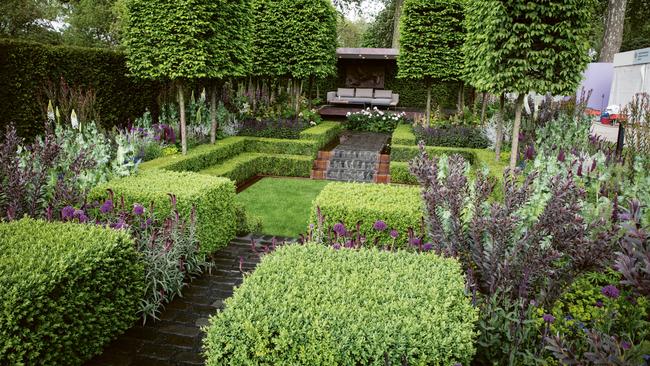
“A garden is a personal thing,” says Charlie Albone. “You are the one who lives with it, so it needs to make you happy.” To help people achieve their own personal best garden, the award-winning garden designer has written a practical guide to transforming outdoor spaces. Albone is well known on Australian television as the landscape expert for Better Homes and Gardens, and before that Selling Houses Australia. With his design firm Inspired Exteriors, he has also won two medals at London’s prestigious Chelsea Flower Show.
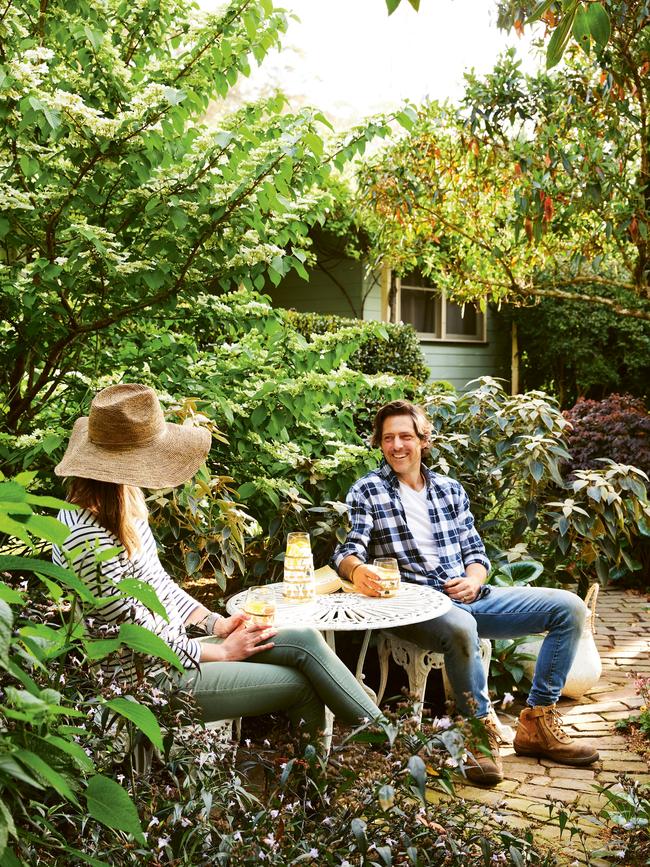
Albone’s book Garden of Your Dreams (Murdoch Books, $40) is equal parts how-to and inspiration, walking you through the process of working out what you want, doing a site analysis and creating a concept plan. The chapter on entertaining spaces has advice on firepits, shade structures, garden furniture and lighting, and there’s a chapter devoted to clever tricks for small spaces. There are plenty of photographs to illustrate his points and provide ideas to borrow. Practical chapters cover soil preparation, choosing and combining plants and having a great lawn. He includes selections of his favourite trees, hedging plants, shrubs, grasses, scented plants, groundcovers and flowers.
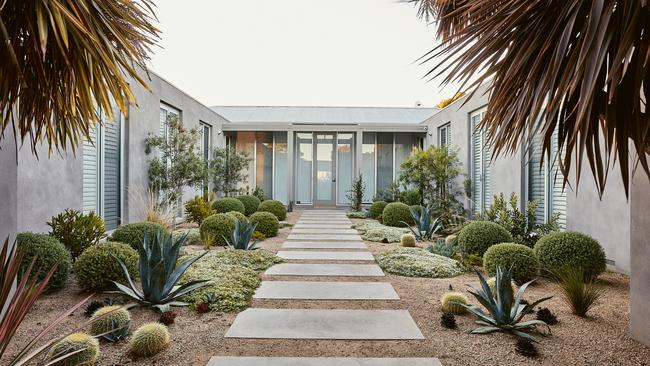
Albone believes the book is equally relevant to DIY-ers and those who want someone else to do the work. “If you can arm yourself with as much knowledge as possible, you can make the most of working with a professional landscaper or designer,” he says. “By breaking it down into achievable bites I’ve tried to make sure people aren’t scared off.” He suggests listing your priorities by thinking about what purposes you want the garden for and how you will use it. “That will help make your garden a place that keeps drawing you back into it.”
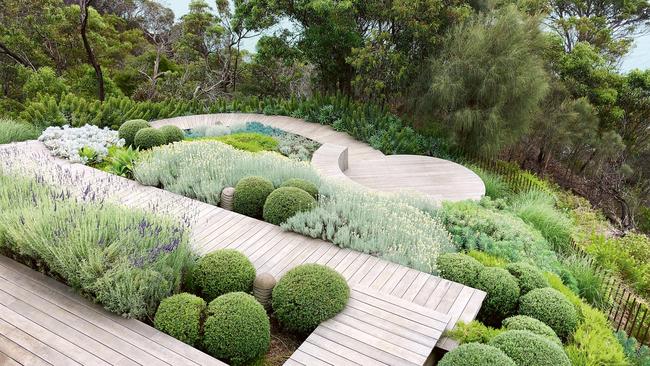
Where does he think most people go wrong when making a garden? “They try to fit too much in, or they keep adding bits and pieces over time without a plan; often the bits don’t go together so none of it looks right,” he says. “Having a plan is really important. Even if you can’t do the whole project at once because of time or budget, start with a plan – even if it’s rough – so you have something to work to. Of course your opinions can change over time but at the end there should be some cohesion to it, and that will make it successful.”
In designing a garden, it can be difficult to get the right balance between hard landscaping (paving, walls and structures) and soft landscaping (garden beds and lawn). “The more planting you can get in the better, but you need to be able to move around your furniture so it feels comfortable,” Albone suggests. “Pave only just as much as you need and then use plants to make the garden come to life. They transform a space.”
Q&A
I’m having great difficulty growing large, healthy, leafy greens such as silverbeet, endive and bok choy. How can I improve the quality? Barry Powells, Coffs Harbour
Leafy greens don’t require as much sun as fruit-forming vegetables but you need to grow them quickly so the leaves are tender and sweet. This means top quality, free-draining soil enriched with organic matter, plus doses of liquid fertiliser (choose one high in nitrogen for leafy plants) plus seaweed extract every week or two. Avoid buying overgrown or stressed seedlings.
Is there any benefit in re-potting plants every six months if they haven’t outgrown the pots? Bryan Kemp, Sydney
No. Re-potting is mostly to provide more room for root systems to expand, in line with the top growth. You need to supply additional nutrients though, as even premium potting mixes only contain enough fertiliser for a few months. You can use liquid or slow release products; organic-based ones will help feed soil microbes. Adding worm castings, worm tea and/or a light top dressing of compost every six months also helps.
In the Granite Belt recently we noticed huge, hanging bunches of red-leafed mistletoe in the gum trees. Is mistletoe always red? Does this variety only grow on one species? Kate Farrar, Brisbane
Australia has nearly 100 species of mistletoe, which are hemiparasitic plants. The leaves usually mimic those of the host plant; many have red flowers or berries. Box mistletoe (Amyema miquelii) is pendulous and often has seasonally reddish leaves. Widespread, it attaches to a range of eucalyptus and acacia species.
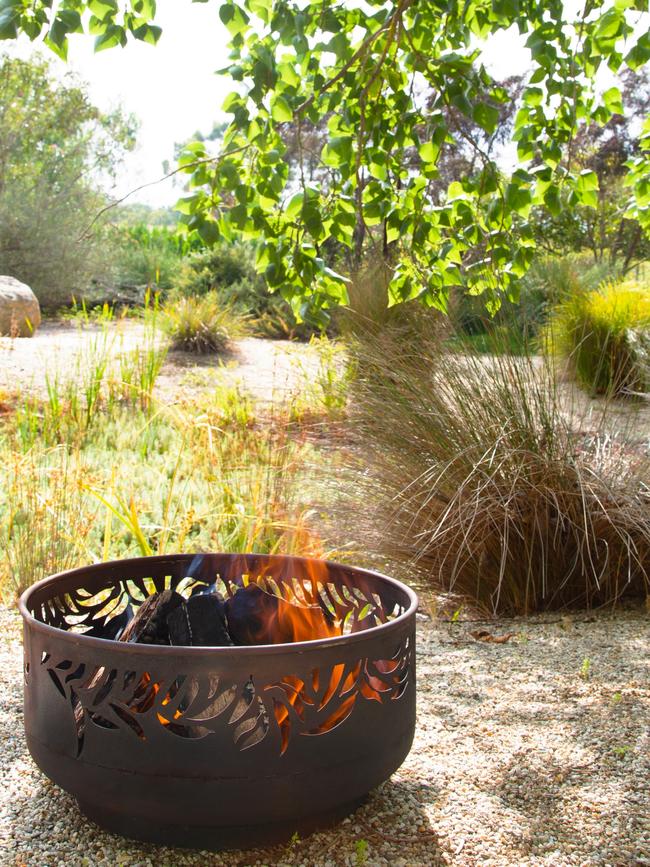
Send your questions to: helenyoungtwig@gmail.com or Helen Young, PO Box 3098, Willoughby North, NSW 2068. Website: helenyoung.com.au. The reader with the best question for July wins Glow’s Ironbark Fire Pit made of weathering steel, worth $139, from glowheating.com.au




To join the conversation, please log in. Don't have an account? Register
Join the conversation, you are commenting as Logout